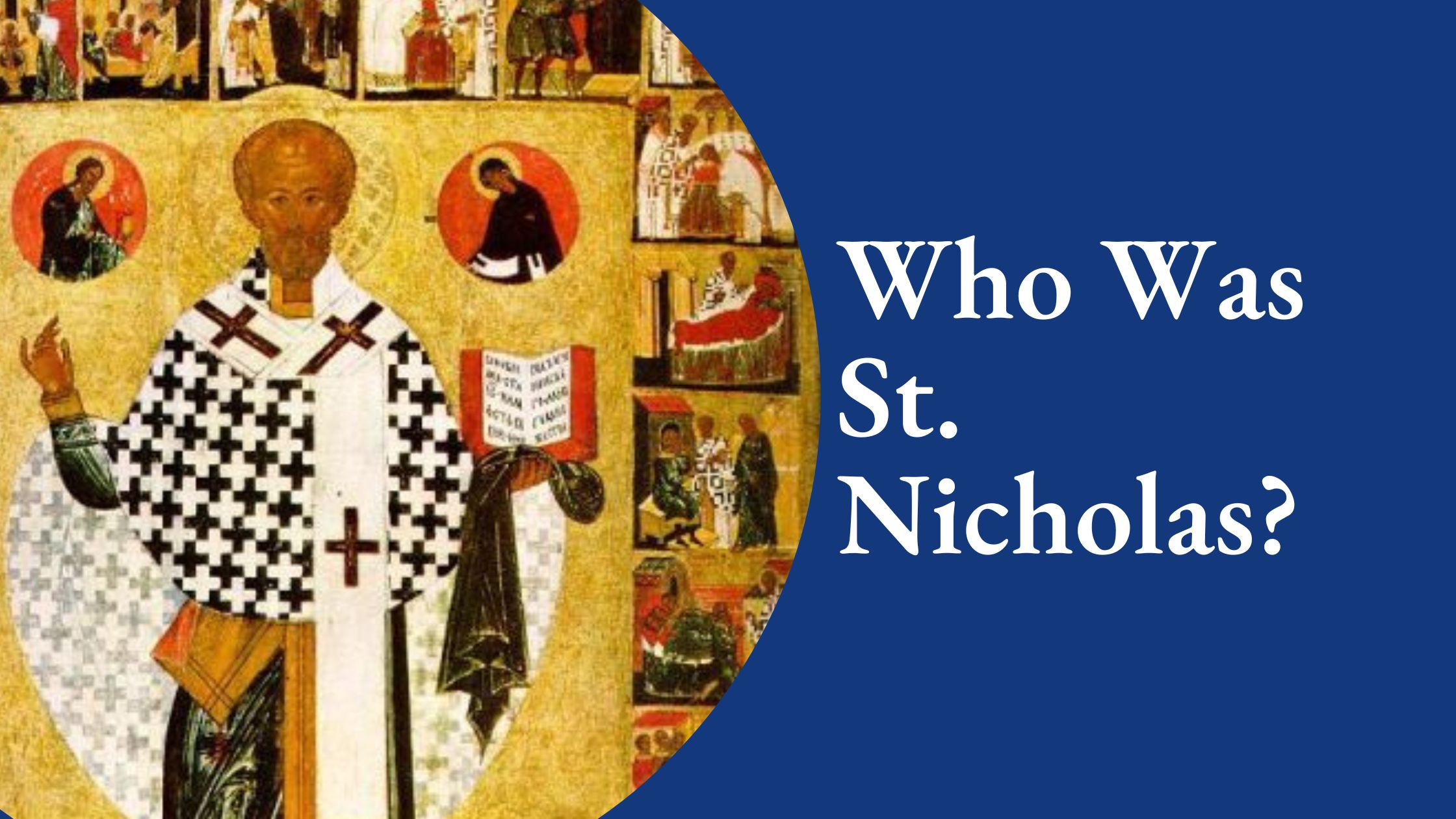As the festive echoes of December envelop us, the Ukrainian Christmas concerts unfold, casting a magical ambiance where the entrancing presence of St. Nicholas, adorned in episcopal regalia, becomes a beacon of joy, bringing gifts to the hearts of the young. The harmonious strains of “O, Xto, Xto,” a melodic tribute, echo the boundless love that St. Nicholas extends to all.
Delving into the enigma of St. Nicholas’s existence, we navigate through the elusive contemporary records that give way to enduring whispers of legacy. Born into affluence on March 15, 270, in Patara, Lycia, Asia Minor, St. Nicholas embarked on a transformative pilgrimage to Egypt and Palestine. Assuming the mantle of the Bishop of Myra, his journey included imprisonment during Diocletian’s persecution, ultimately finding liberation with Constantine’s ascent. Departing this world on December 6, 343, his feast day now stands as a celebration of a life richly lived.
The mythical acts of extravagance attributed to St. Nicholas weave a tapestry of benevolence, where iconic narratives of rescuing destitute girls with a sack of gold coins and being a soothing force in sea storms coalesce into a legacy of boundless generosity. His patronage extends to diverse groups, including sailors, merchants, children, and several European nations.
Beyond the realm of legendary benevolence, St. Nicholas emerges as a spiritual luminary dedicated to upholding the sanctity of the Christian faith. At the Council of Nicaea in 325, his resolute confrontation with Arius, a proponent of divisive theological notions, is a testament to St. Nicholas’s unwavering commitment. Despite facing repercussions, including temporary imprisonment, St. Nicholas’s legend grows with tales of redemption and reinstatement as the Bishop of Myra, buoyed by a divine encounter with Jesus and Mary.
The modern portrayal of Santa, shaped by “The Night Before Christmas,” veers far from the historical essence of St. Nicholas, casting him as a pipe-smoking, rosy-cheeked, pot-bellied figure traversing chimneys in a sleigh drawn by reindeer. In the cultural kaleidoscope of Canada and beyond, the narrative of St. Nicholas often succumbs to the more commercialized mythos of Santa Claus, a transformation from Sinterklaas in Dutch folklore.
In the recent historical excavation of St. Nicholas’s original tomb beneath the floorboards of St. Nicholas Church in Myra, Turkey, archaeologists unveil a tangible connection to the saint’s life. Despite centuries of unauthorized removals of his remains, a mosaic floor section where the saint once tread has been uncovered. This sacred site beckons, hopeful that it will soon welcome pilgrims eager to forge a personal connection with the captivating legacy of St. Nicholas, the Marvelous.
Concluding this exploration into the captivating tapestry of St. Nicholas’s legacy, we find ourselves immersed in a narrative that transcends both time and cultural boundaries. The Wonderweaver, Holy Father Nicholas, not only stands as a symbol deeply woven into the traditions of Ukrainian Catholic liturgical celebrations but also leaves an indelible mark on the Canadian landscape, where his name resonates in over two dozen Ukrainian Catholic parishes.

